By Russtum G. Pelima
MAITUM, Sarangani (May 7, 2009) – The National Museum of the Philippines declared here on Tuesday (May 5) the “Pinol Cave formation” area as “important cultural property”.
Maharlika Cuevas, Director III of the National Museum, formally handed a copy of the National Museum declaration to Mayor Elsie Perrett at the opening of “Treasures of Maitum” diorama.
Important cultural property is defined by the National Museum as cultural property that has been singled out from among the innumerable cultural properties as having exceptional historical and cultural significance to the Philippines, though not sufficiently outstanding to merit the classification of National Cultural Treasure.
“It is hereby resolved, the Panel of Experts made it known its support for the declaration of the Pinol Cave formation and the surrounding area, Municipality of Maitum, Sarangani Province as an Important Cultural Property by virtue of Presidential Decree No. 374,” the declaration stated.
“The archaeological site in Pinol and surrounding area are in need of protection from treasure hunting and illegal excavation and should be preserved for the present and future generation of Filipinos,” it added.
Municipal officials, representatives from the National Museum and the National Commission for Culture and the Arts opened a diorama of the “important cultural property” showing replicas of the archaeological finds of anthropomorphic secondary burial jars associated with the Metal Age in the Philippines.
At a symposium, officials from the National Museum warned illegal dealers of selling artifacts.
In 1991, a National Museum team led by Dr. Eusebio Dizon and Rey Santiago excavated Ayub Cave in barangay Pinol.
Dizon described the finds as “amazing anthropomorphic potteries, which could suggest the backbone of our own culture. Never before have we seen such a magnificent archaeological assemblage.”
Before Dizon’s archaeological team found the potteries, treasure hunters had already explored Ayub cave, leaving potsherds inside. Authorities suspect some of these ancient potteries were sold then.
But most of the original artifacts are now preserved at the National Museum.
“Maybe a civilization here was advanced in their time showing unique burial practices of preserving the death of their loved ones,” said history Professor Lilian Grapa from Mindanao State University.
“Maitum is a burial ground. Therefore there must be a habitation,” Grapa added.
Dizon explained secondary burial jars are so called because only parts of the fragmented bones such as the teeth, fingers, and legs are placed inside the pottery vessels and then placed into a bigger jar.
According to archaeological research, this part of Mindanao had a 7,000 years old forest. Some 5,000 years ago, the eruption of Mount Matutum and Mount Parker in South Cotabato covered the whole area with lahar.
“There were no people during this time. The earliest human occupation that we have documented so far is the Maitum for Mindanao, much earlier than Butuan (13th century) and Tawi-tawi (4000 years ago),” Dizon said in an interview last year.
“The designs on the Maitum pottery are characteristics of the Developed Metal Age in the Philippines,” according to the National Museum declaration.
In April 2008 as a result of earthmoving activities, another cave site, Sagel Cave, was accidentally discovered in the area containing artifacts and human remains.
The Municipal Council of Maitum has passed Resolution 2008-048 declaring the newly found cave in Sitio Sagel, Barangay Pinol, Maitum, Sarangani Province as Archaeological Site.
“Archaeological activities in the area contribute greatly to scientific knowledge not only of the history of Maguindanao area but of Philippines prehistory in general,” the declaration said. (Russtum G. Pelima/SARANGANI INFORMATION OFFICE)
Wednesday, May 6, 2009
National Museum declares "important cultural property" in Maitum
Subscribe to:
Post Comments (Atom)




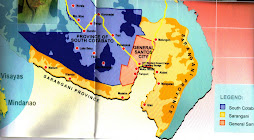

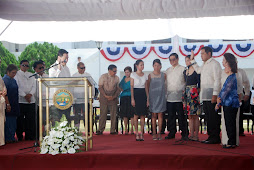
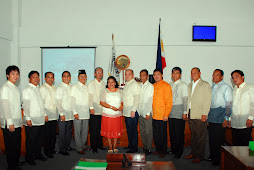


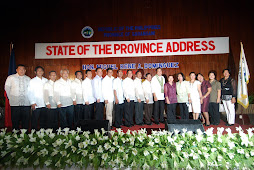
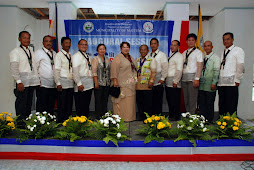















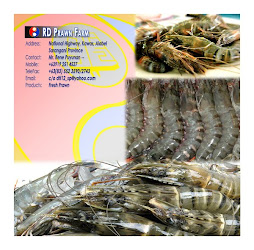






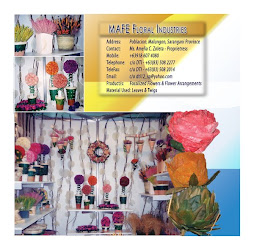

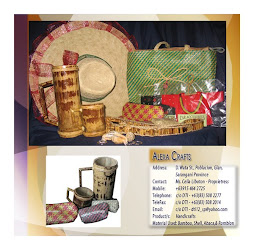
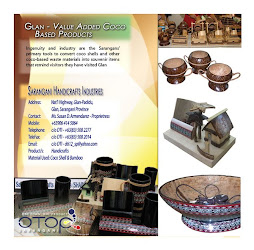

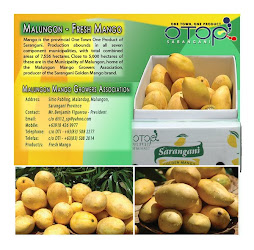
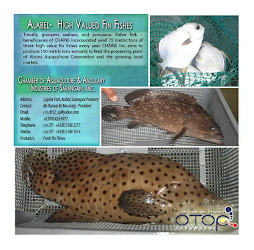
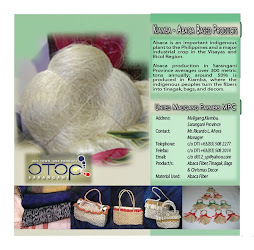

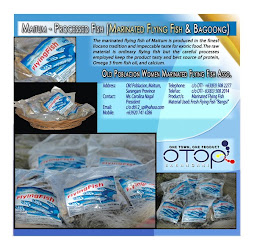




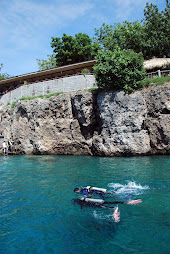




No comments:
Post a Comment